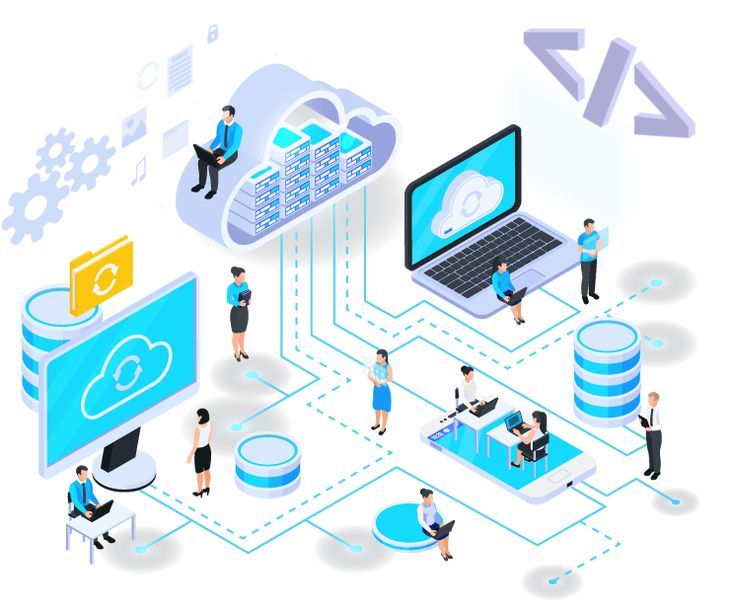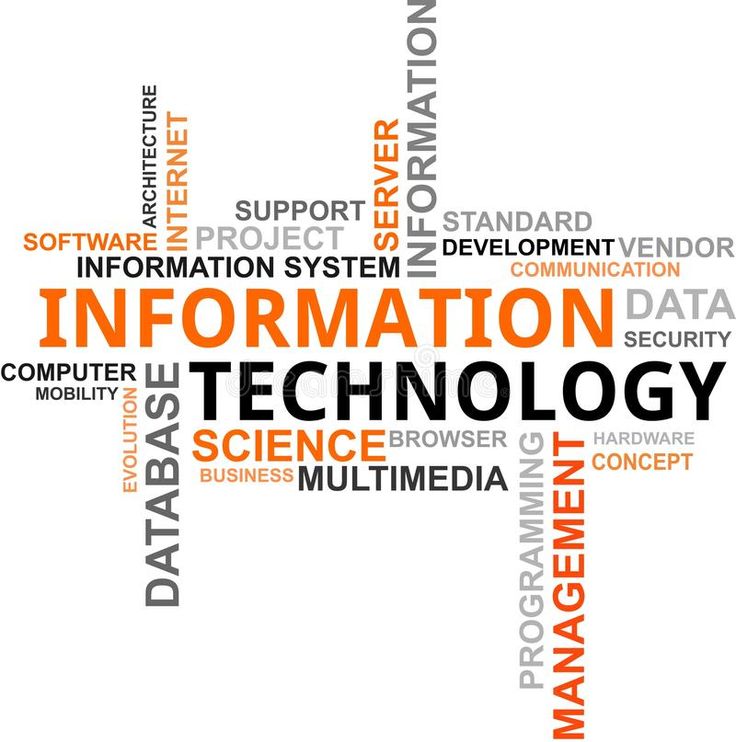IT Networking
IT organizing alludes to the act of associating PCs, servers, and different gadgets to share assets and impart. It includes a scope of innovations and ideas that empower gadgets to trade information and access organized administrations. Here is a breakdown of key parts of IT organizing:IT Networking
Basic Concepts:
Network: An assortment of interconnected gadgets that can speak with one another. Organizations can go from little nearby organizations (like a home Wi-Fi organization) to enormous scope organizations (like the web).IT Networking
Network Point of interaction Card (NIC): An equipment part that permits a gadget to interface with an organization.
IP Address: A novel identifier relegated to every gadget on an organization. It empowers gadgets to find and speak with one another.

Types of Networks:
Neighborhood (LAN): An organization that interfaces gadgets inside a restricted region, like a home, office, or grounds. LANs commonly use Ethernet or Wi-Fi.
Wide Region Organization (WAN): An organization that covers an expansive geographic region, for example, interfacing different office areas or crossing across urban communities or nations. The web is the biggest WAN.
Metropolitan Region Organization (MAN): An organization that covers a bigger geographic region than a LAN however more modest than a WAN, commonly spreading over a city or an enormous grounds.
Individual Region Organization (Skillet): A little organization for interfacing gadgets inside a short reach, for example, a Bluetooth association between a cell phone and a PC.IT Networking
Network Components:
Router: A gadget that courses information between various organizations, like between a home organization and the web. It coordinates traffic and guarantees information bundles arrive at their planned objective.
Switch: A gadget that interfaces different gadgets inside a similar organization (normally a LAN) and deals with the information traffic between them. It works at the information connect layer and advances information in light of Macintosh addresses.
Center: An essential systems administration gadget that interfaces different gadgets inside a LAN yet doesn’t oversee information traffic productively. It sends information to all associated gadgets instead of guiding it explicitly.
Modem: A gadget that tweaks and demodulates signals for information transmission over phone lines, link frameworks, or satellite connections. It interfaces your neighborhood organization to the more extensive web.
Passageway: A gadget that permits remote gadgets to interface with a wired organization utilizing Wi-Fi.
Network Protocols:
Transmission Control Protocol (TCP): Ensures reliable, ordered, and error-checked delivery of data between applications running on hosts within an IP network.
Internet Protocol (IP): Defines addressing and routing methods for data packets between devices on a network.
Hypertext Transfer Protocol (HTTP): Used for transmitting web pages over the internet. Its secure version, HTTPS, encrypts data to ensure privacy.
File Transfer Protocol (FTP): Used for transferring files between a client and a server over a network.
Simple Mail Transfer Protocol (SMTP): Used for sending emails from a client to a server.
Network Security:
Firewall: A security gadget or programming that screens and controls approaching and active organization traffic in light of foreordained security rules.
Virtual Confidential Organization (VPN): Makes a protected, encoded association over a less safe organization, like the web, to give protection and security.
Interruption Recognition Framework (IDS)/Interruption Counteraction Framework (IPS): Screens network traffic for dubious exercises and can make a move to forestall possible dangers.
Network Management:
Networks Checking: Instruments and practices for following the exhibition and soundness of an organization, distinguishing issues, and guaranteeing ideal activity.
Network Arrangement: Setting up and overseeing network gadgets and administrations to guarantee they capability accurately and safely.
Investigating: Diagnosing and settling network issues, like availability issues, slow execution, or equipment disappointments.

Emerging Trends:
Programming Characterized Systems administration (SDN): An organization design approach that permits network executives to oversee network administrations through reflection of lower-level usefulness.
Network Capability Virtualization (NFV): Virtualizing network works that were customarily run on devoted equipment, like firewalls or burden balancers, to further develop versatility and adaptability.
5G Innovation: The most recent age of portable organization innovation, offering higher velocities, lower inertness, and further developed network for a large number of gadgets.
Advanced Network Architectures:
Programming Characterized Wide Region Organization (SD-WAN): A way to deal with overseeing WANs that utilizes programming to control network traffic across a wide region, giving improved execution, adaptability, and security contrasted with conventional WAN designs.
Network Capability Virtualization (NFV): Isolates network capabilities from equipment, permitting them to run as virtual machines on standard servers. This decreases the requirement for specific equipment and builds adaptability and versatility.
Network Design and Topologies:
Star Geography: An organization format where all gadgets are associated with a focal center or switch. It is famous for its effortlessness and simplicity of investigating.
Network Geography: An organization plan where every gadget interfaces with each and every other gadget, giving high overt repetitiveness and dependability. It is in many cases utilized in basic organizations where uptime is fundamental.
Mixture Geography: Joins components of various geographies to use their advantages while moderating their shortcomings.
Network Protocols and Standards:
IPv4 versus IPv6: IPv4 utilizes 32-digit addresses, giving around 4.3 billion remarkable addresses, while IPv6 utilizes 128-cycle addresses, taking into consideration an immensely bigger location space and improved directing.IT Networking
Dynamic Host Design Convention (DHCP): Consequently relegates IP addresses and other organization setup subtleties to gadgets on an organization, improving on network the executives.
Space Name Framework (DNS): Interprets comprehensible area names (e.g., www.example.com) into IP tends to that gadgets use to speak with one another.IT Networking
